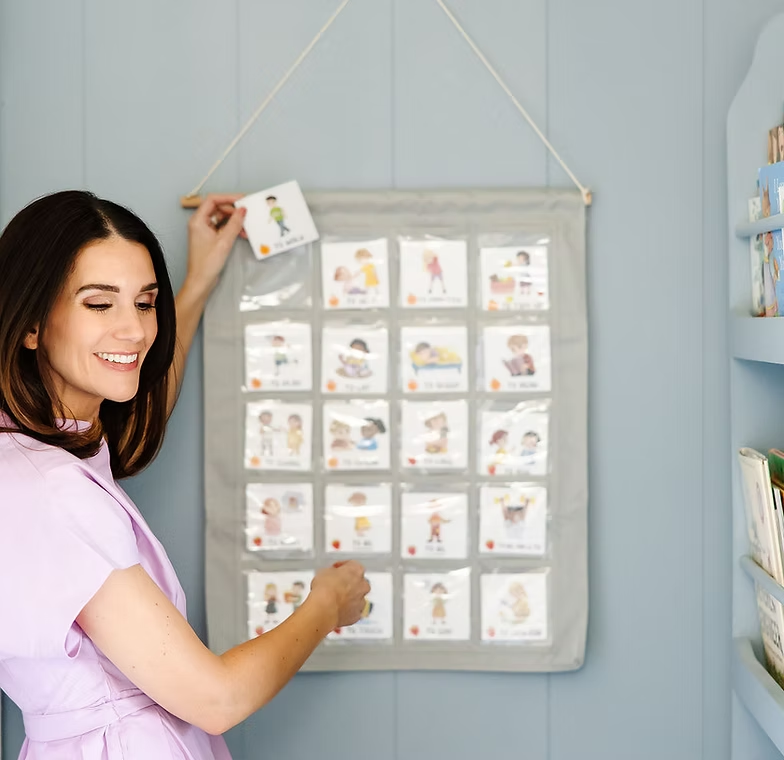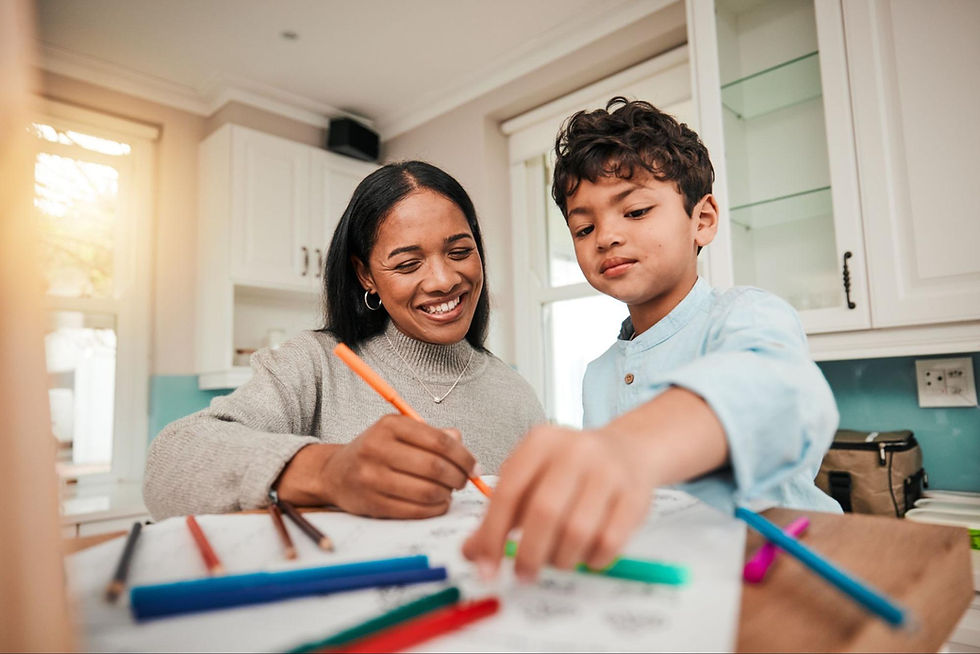Kids Don’t Listen in Spanish? Fix It Fast
- Homeschool Languages

- Oct 14
- 3 min read
Kids don’t listen in Spanish because it feels harder, unnatural, or optional. The fix: shorter phrases, playful repetition, and chances to respond. Add songs, roleplay, and tools like Homeschool Languages to spark real replies and turn Spanish into natural family conversation.
Quick Wins You Can Try Right Away (TLDR)
Kids tune out Spanish when it feels harder than English or not worth the effort.
Short, playful phrases stick better than long corrections.
Confidence grows when Spanish feels like part of daily life, songs, play, routines.
Consistency + joy = replies that last.
At Homeschool Languages, we created an open-and-go Spanish curriculum that makes conversation natural at home. It gives you ready-to-use scripts, songs, and games that actually get kids to answer back.
Even if you’re not fluent, you can guide the learning, and your kids will surprise you with how fast they respond.
If you’d like to see why kids tune out Spanish, the small changes that flip the switch, and how to turn “they never listen” into “they actually replied in Spanish!”, keep reading, we’ll walk you through it step by step.
Why Kids Tune Out Spanish at Home

Kids aren’t ignoring us on purpose. When we ask something in Spanish, a few things are usually happening:
They already have “a plan” in their head (playing, daydreaming, building Legos). Switching gears into Spanish feels like a big interruption.
Processing a second language takes longer. Silence often means “I’m thinking,” not “I won’t listen.”
They sense when we’re unsure. If we slip back into English, kids learn that waiting us out works.
The good news? Listening struggles aren’t a sign of failure. They’re simply moments where connection matters more than correction.
5 Reasons Spanish Replies Feel So Hard
Spanish isn’t the default home language, so kids don’t feel urgency to use it.
Commands like “Say it in Spanish!” feel like pressure instead of invitation.
Passive input (TV, songs) helps, but without conversation practice, it stays one-way.
Subtitles or long vocab lists overwhelm younger learners.
Kids fear mistakes, so they choose silence over risk.
Once we name these challenges, we can swap frustration for strategy.
Why “Just Speak More Spanish” Isn’t Enough

We hear this advice a lot: “Just keep speaking Spanish, they’ll pick it up.” And yes, input matters. But if our kids never practice replying, it stays lopsided.
Hearing “¿Quieres agua?” is useful. But the breakthrough comes when they say, even shyly, “Sí, quiero agua.”
Our job isn’t only to talk at them, it’s to build safe little bridges so they talk back.
Quick Wins to Get Kids to Respond in Spanish
Use songs and rhymes they can echo.
Keep phrases short and familiar: “Ven aquí,” “Gracias,” “¿Quieres jugar?”
Introduce a puppet or toy that “only speaks Spanish.”
Roleplay daily routines, ordering food, playing store, greeting a friend.
Try “First in Spanish, then in English” for tasks they already know.
These small shifts make Spanish less of a task and more of a game.
Make Spanish Feel Like Play, Not Pressure

Connection trumps correction. Kids tune out when every Spanish moment feels like nagging. Instead, let’s:
Turn answers into games, Simon Says, scavenger hunts, Guess Who.
Celebrate any effort, even half-English, half-Spanish replies.
Tie words to what excites them, dinosaurs, princesses, trucks, or snacks.
When Spanish feels fun, kids step in willingly.
Common Worries Parents Have
“Are movies and songs just entertainment?” , They work when paired with conversation.
“What if I’m not fluent?” , With scripts and short phrases, you can lead confidently.
“My child ignores me when I switch languages.” , Normal! Keep it playful and consistent.
“Am I too late to start?” , No. Kids learn fast when Spanish shows up daily in little bursts.
A Step-by-Step Framework That Works

Model first – You say it, they hear it.
Prompt reply – Ask a clear, simple question.
Wait – Give them time to process.
Celebrate – Praise the effort, not perfection.
Repeat – Daily practice makes replies natural.
The goal isn’t flawless Spanish, it’s momentum. Every small reply is a win.
How Homeschool Languages Helps Parents Bridge the Gap
We built Homeschool Languages because we lived this struggle too. We wanted our kids to actually reply in Spanish, not just memorize words or watch shows. Our open-and-go Spanish curriculum gives you:
Scripted lessons so even non-fluent parents know exactly what to say.
Phrases tied to real family life, mealtimes, chores, play, bedtime.
Games, songs, and storybooks that spark replies instead of silence.
A step-by-step system that keeps Spanish fun, doable, and consistent.
And the best part? You can try it for free right here.




Comments